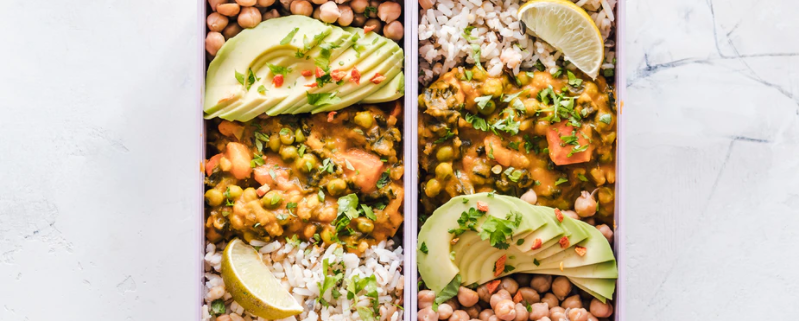6 Helpful Hints to Help You Prep Sympathy Meals for Grieving Loved Ones
In many countries and cultures all around the globe, presenting a grieving family with meals is a touching gesture to show your deepest sympathies. After the funeral or cremation services, it is understandable why most bereaved family members do not have the strength or even inclination to meal prep and cook.
Families in mourning suffer from intense emotions, especially after the memorial services are concluded. When the funeral poems have been said, and the flowers have all wilted, they go back into an empty home. Without their loved one there, that’s when the full sense of loss hits.
As someone close to the bereaved, you want to make sure they get proper nourishment during this trying time. From classic comfort food to more adventurous Asian dishes, you can choose any dish to stimulate their appetite. Though the are no hard and fast rules about what you must bring, abiding by these best practices will ascertain your thoughtful gesture is truly helpful for the mourning family.
Ascertain Certain Dietary Restrictions
Before finalizing what meal to bring, it is crucial to find out if their family members have any dietary restrictions. Keep in mind; some people have nut allergies, gluten intolerance, and the like. Some just have strong aversions to seafood, while others prefer a Kosher or vegan diet. If you do not want to disturb the bereaved to ask about these trivialities, you can verify with a relative or best friend.
Pick Dishes That Are Easy to Reheat
When picking out dishes, select meals that will taste good even when reheated. For example, lasagna, baked macaroni, tuna casserole, stews, and the like will do well in the oven or microwave. Trays of these dishes work well after a death has occurred because of easy reheating. Best of all they can feed a lot of people.
Consider Meals That Are Yummy Even When Cold
If cooking an elaborate casserole is not your thing, an excellent alternative is a dish that works well even when cold. You can bring sandwiches, veggie platters, fruit trays, and salads. These cold meals are nutritious and delicious while staying fuss-free, unlike hot food dishes that need heating. Sometimes, people just don’t want to deal with the extra step. A cold option offers assurance that family members can conveniently grab something to eat anytime they want.
Incorporate Children’s Favorites
When catering to family, it is vital to include child-friendly dishes. Everyone knows that feeding small tongues can be quite challenging. Although you may be unfamiliar with the kids’ preferences, classic go-to items will certainly work for young kids and fussy eaters. For example, you cannot go wrong with mac and cheese, spaghetti, mashed potatoes, and chicken tenders. These are common meals that most young kids enjoy. Even adults typically turn to these comfort foods.
Consider Bringing Basic Pantry Items
Typically, a lot of people already provide main dishes for the bereaved. As an alternative, you can stock the pantry with basic items or snack choices. Food items like bagels, English muffins, crackers, chips, or other baked goodies work well. You can pack it with marmalade, cheese or butter. This is a great option as it saves you from prepping and cooking a meal. Most of all, it assures the bereaved family’s fridge is not overcrowded with the same meal trays.
Send a Message to the Bereaved
It would help if you took the time to communicate with the grieving family about the food you will send. The last thing you want is for your effort to seem like a burden. Sending a text message or calling ahead is the sensitive approach. Let them know you are coming to drop off something. Emphasize that you will be quick as some are not in the mood to socialize or entertain. If they seem up to it, you can also extend a lunch or dinner invitation. Above all, don’t forget to send a note with the food. Seeing your penmanship and reading touching words will provide comfort during their hour of grief.
If you want to exhibit your love and concern for grieving family and friends by way of food, remember that no matter what dish you bring, it is your efforts that matter most. More than filling the stomach, you want to nourish their heart and soul, too. The time and thought you put into this gesture will go a long way in helping someone grappling with a painful loss.








